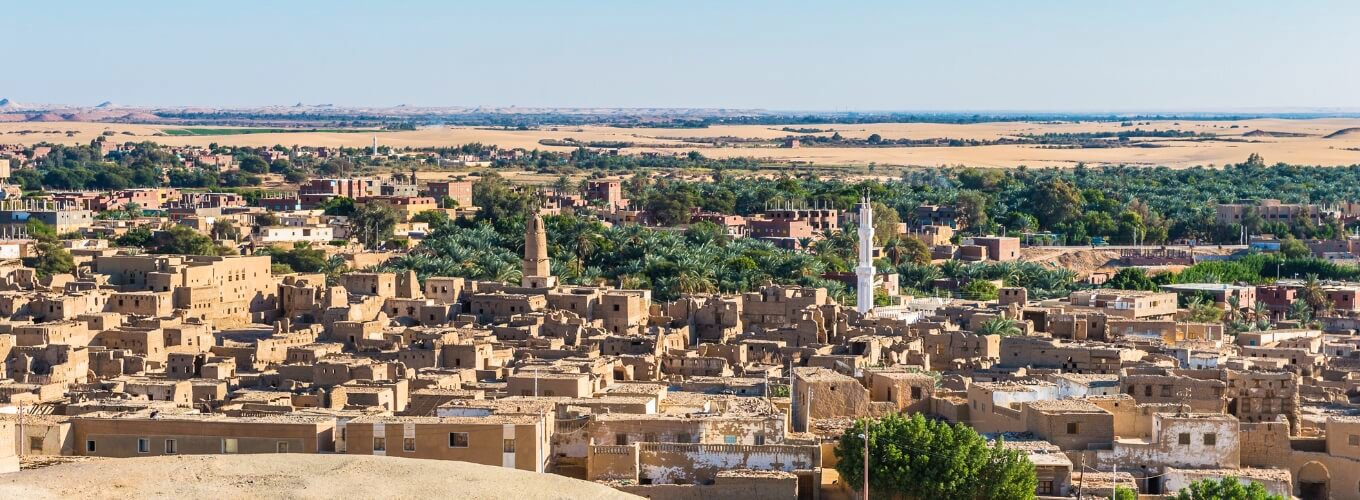Dakhla Oasis is located in the Western Desert of Egypt, about 500 kilometers from Cairo. The oasis covers an area of approximately 40,000 square kilometers.
Like many oases such as Farafra Oasis and Kharga Oasis, Dakhla Oasis has a hot desert climate with very little rainfall and high temperatures during the summer months (June to September). The average annual temperature is about 26 degrees Celsius (79 F) but can reach as high as 48 C (118 F).
Winter temperatures are milder than those experienced in other parts of Egypt due to its distance from sea level and proximity to mountain ranges such as Jebel Uweinat; however, frost can occasionally occur during this period if there is sufficient cloud cover or foggy conditions over the mountains.

Attractions
Al-Qasr is located in the city of Balat, Dakhla, and includes many ancient ruins, hot springs, and a towering cliff that dominates the skyline of the northern side. Like many other oases, Al-Qasr has a central town called Al-Qasr after the castle.
Here, a team of locals led by Holland has almost completely rebuilt the old town with dark mud walls, and it’s an excellent place for sightseeing in Dakhla. Immerse yourself in an endless maze of narrow alleys and secret passages that look like something out of desert sequences from “Star Wars” or “The Sheltering Sky.”
Deir el-Haggar, a few kilometers before the palace, is an interesting Roman ruin buried under the sand, which helped preserve the paint on the carvings. It is pretty amazing to see the 2000-year-old painting, and you can even compare yourself to the great explorer Rolhfs, whose signature can be seen on a pillar in front of the Deir el Hagar temple.
However, he carved it out when the sand was much higher, and now that it has been cleaned up to reveal more of the temple, his drawings are three meters above the ground. Across the road from this Roman temple complex are conical hills with tombs. Some of them have been excavated, some of them stolen, but whenever you look into your eyes, you will find many similar mounds scattered all over Dakhla.

The village of Mut is ancient and is the capital of the oasis of Dakhla. The village’s name comes from Mut, an ancient Egyptian goddess who was a holy deity of the Theban triad. A few people still live in the oasis, quickly becoming more modern.
Escape for a quick getaway with our Egypt Short Breaks. Book your escape now and recharge your spirit!
Accommodation
There are few hotels here, and they tend to be quite pricey. However, camping is popular among travelers who want to experience the desert on their terms. If you’re looking for something more comfortable than camping but can’t afford an expensive hotel room, bed and breakfasts may be an option!
Festivals
The Dakhla Oasis has several festivals, including the annual Bedouin Festival and the Dakhla International Folklore Festival. The Bedouin Festival in October showcases traditional crafts like weaving and pottery making. The Dakhla International Folklore Festival happens every year in April, featuring music performances by local artists and international performers worldwide.

